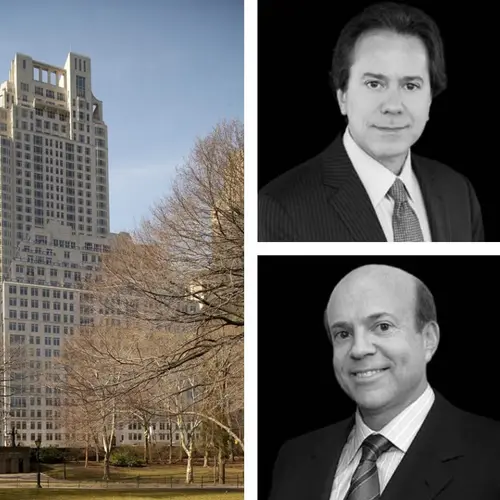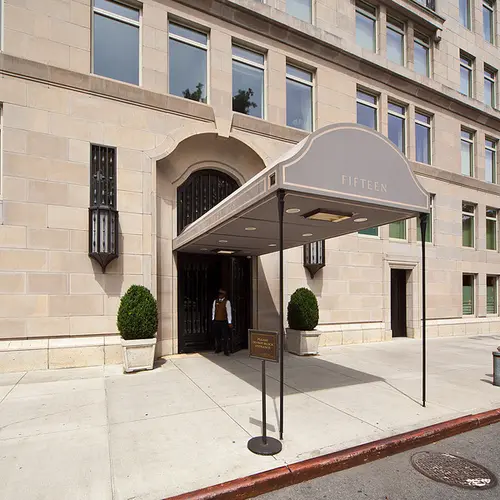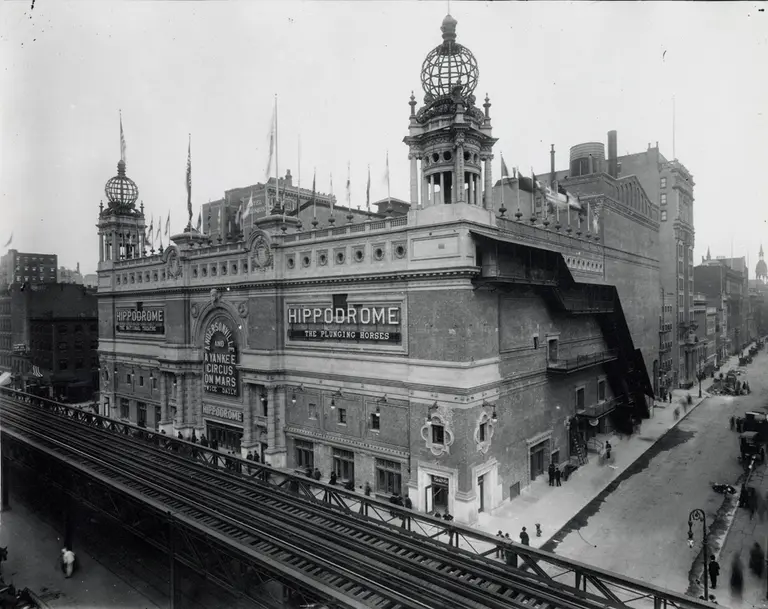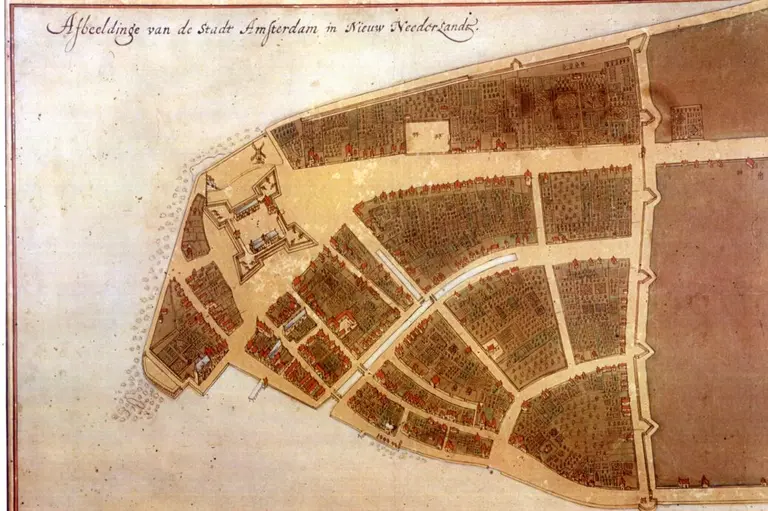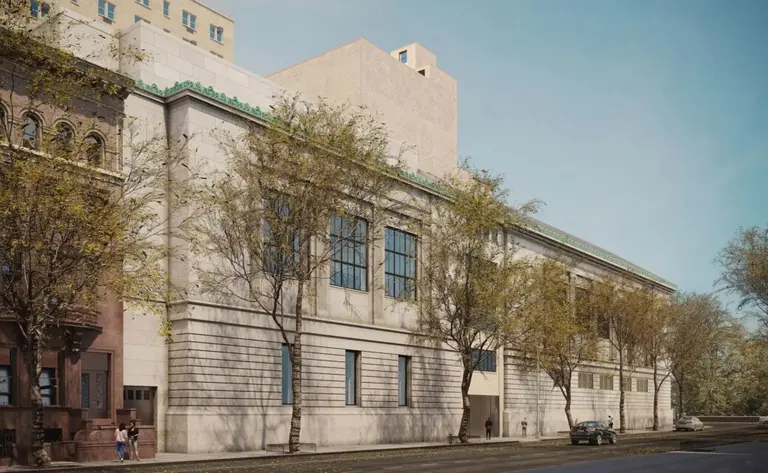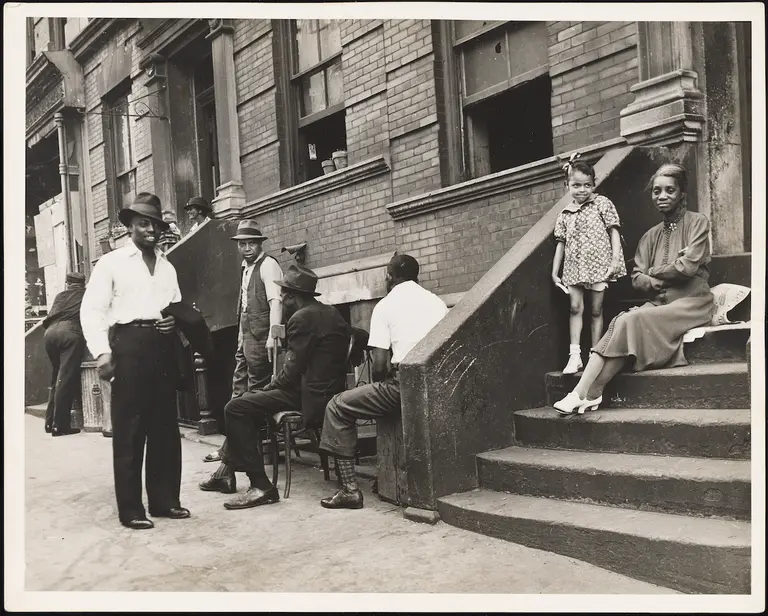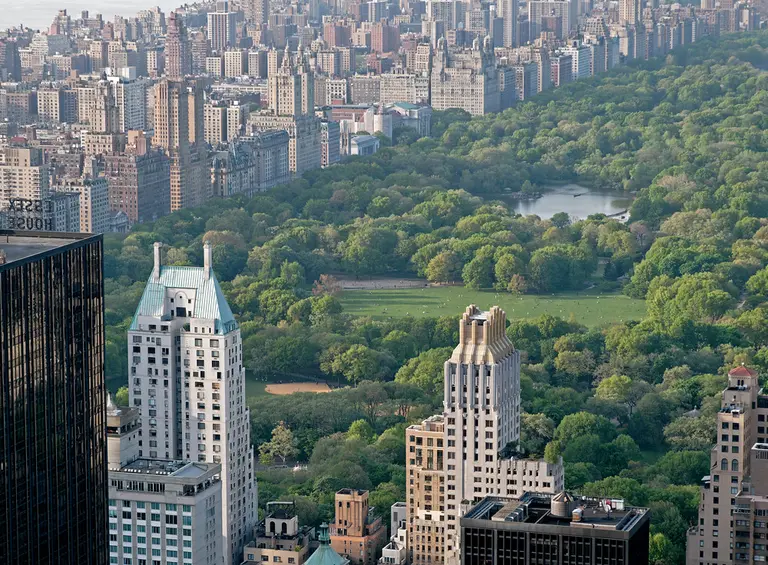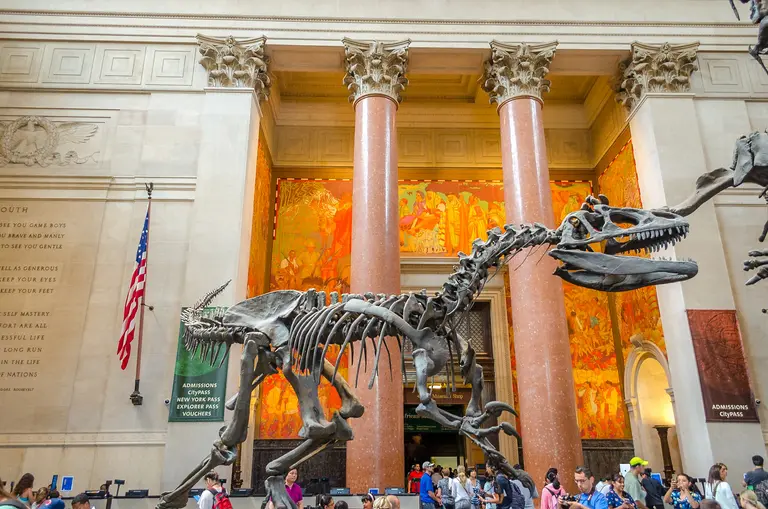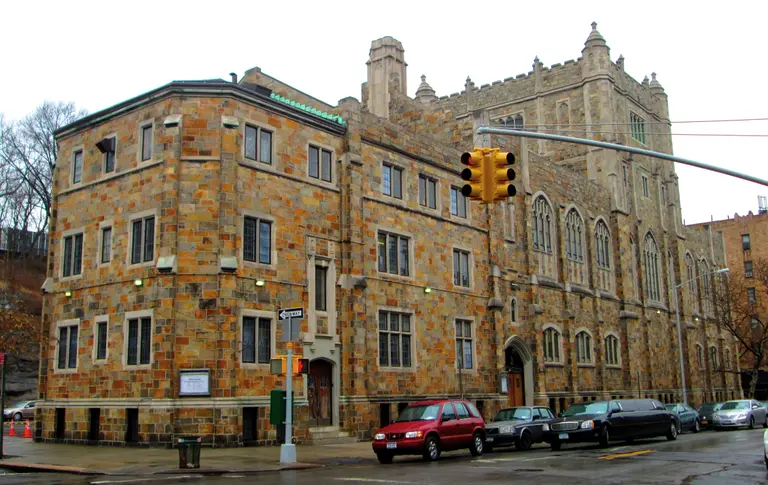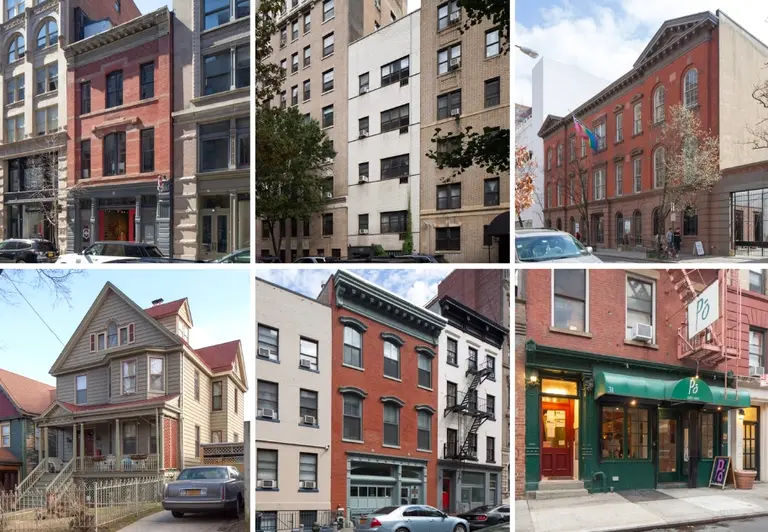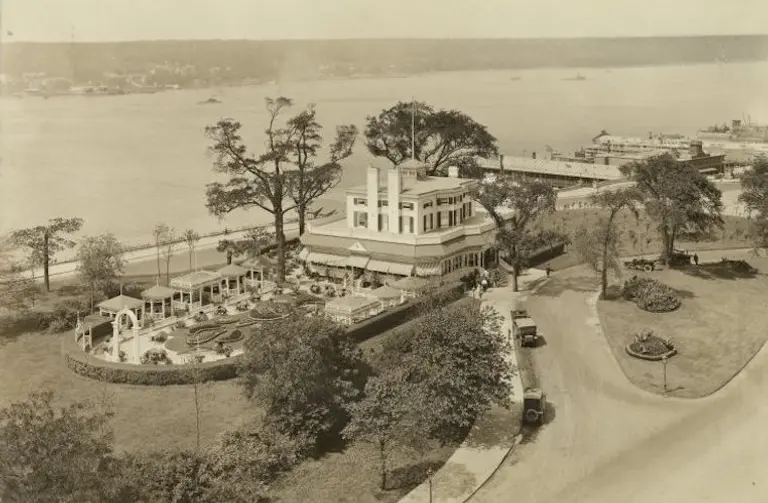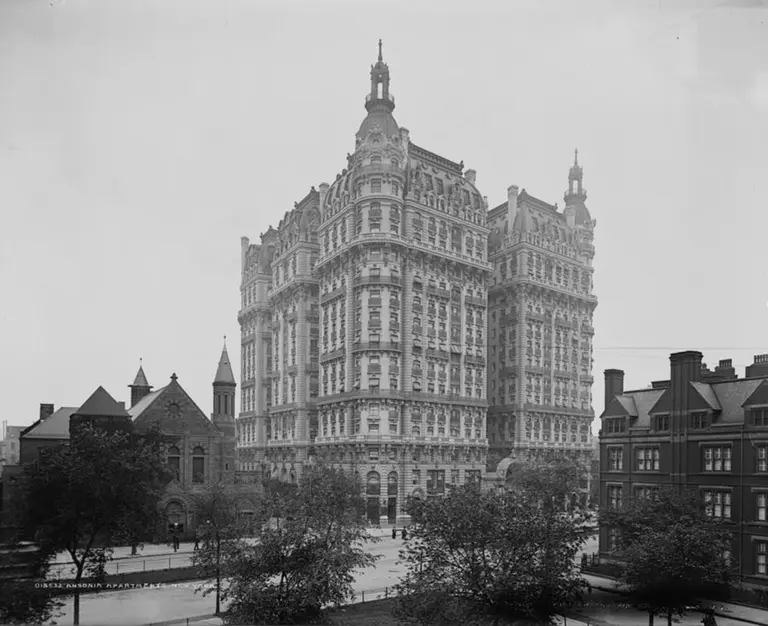Buyout Legends: Developers Paid 15 CPW Hermit Holdout $17M to Move Into a Free Apartment
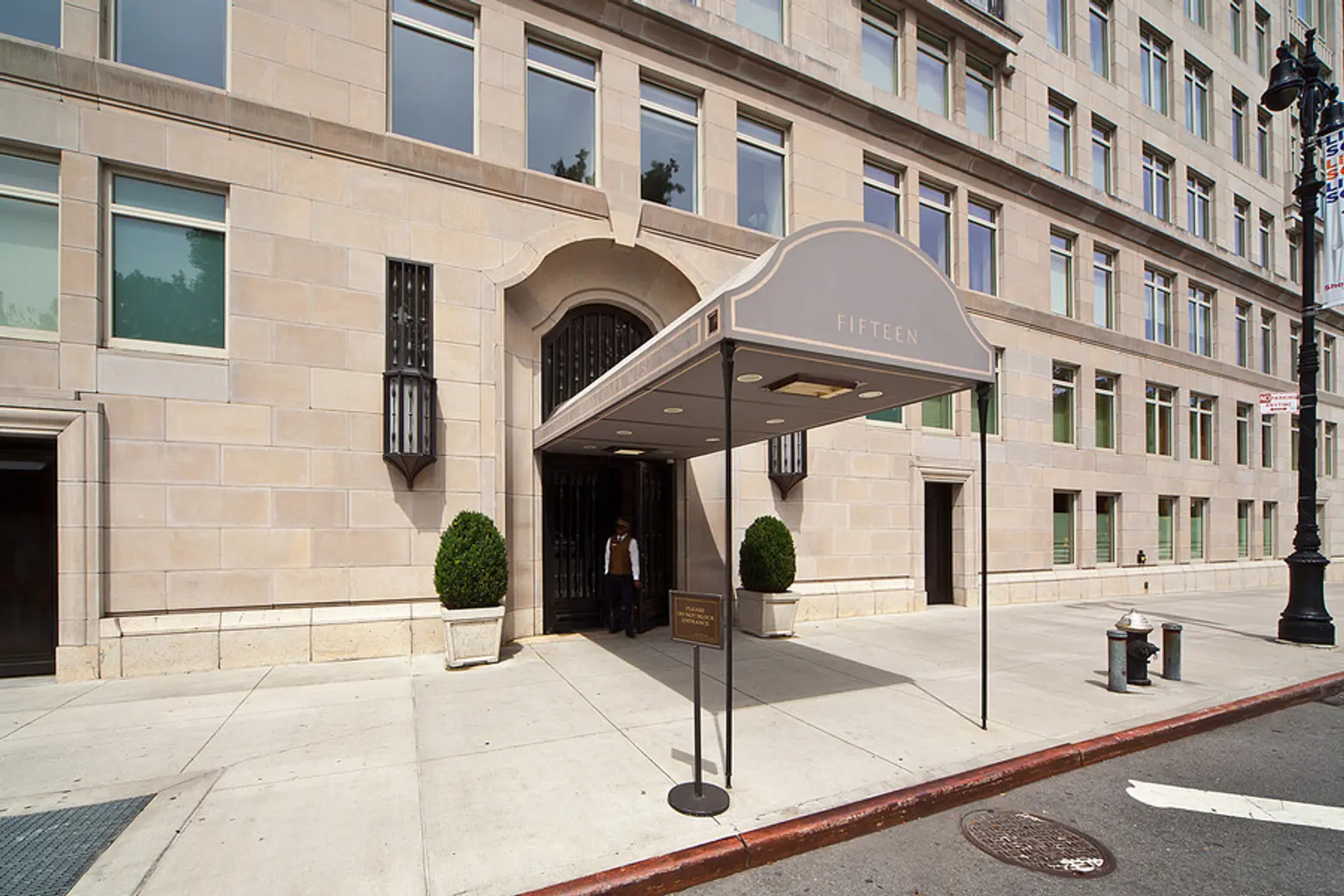
What do you do when you’re a developer who has a 52,000-square-foot property with one tenant…who won’t leave?
While we’ve all heard legends about holdouts in rent-controlled apartments getting big buyouts from deep-pocketed developers, none to date could beat the good fortune of Herbert J. Sukenik. The reclusive septuagenarian lived in his 350-square-foot apartment (which happened to have four exposures and Central Park and two river views) at the Mayflower Hotel for three decades. But he ended up walking away with $17 million, the most money ever paid to a tenant to leave a New York apartment, and walked into an almost-free, 2,200-square-foot, 16th-floor home in the venerable Essex House on Central Park South.
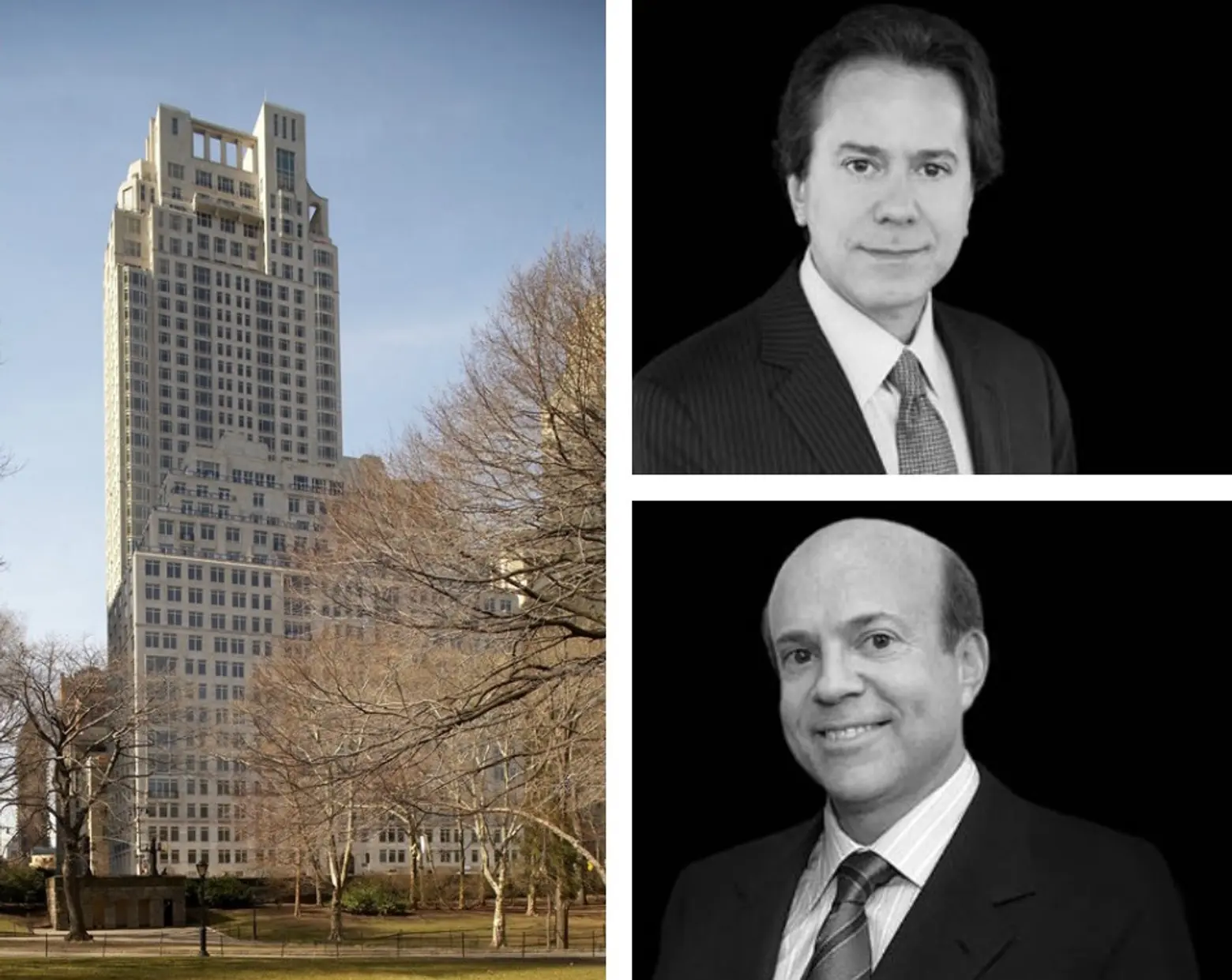 15 Central Park West; William Lie Zeckendorf (top), Arthur W. Zeckendorf (bottom), photos courtesy of Brown Harris Stevens
15 Central Park West; William Lie Zeckendorf (top), Arthur W. Zeckendorf (bottom), photos courtesy of Brown Harris Stevens
In 2004, developers Arthur and William L. Zeckendorf bought the famed Mayflower Hotel building for around $400 million and embarked on their vision of creating what would become one of the city’s most luxurious and sought-after condominium buildings, 15 Central Park West. As developers often do, the Zeckendorfs knew they’d meet resistance when they tried to rout the hotel’s longtime rent-controlled tenants, many of them elderly, to build the pricey condos (by law, owners are responsible for offering to relocate and compensate tenants). They paid holdouts some steep sums, starting with $650,000 and escalating to $1 million, to vacate. One by one, the holdouts took the payouts and left. All except one.
The Bronx-born Sukenik, known as a brilliant physicist who had gotten his Ph.D. from Cornell and worked for General Electric and Martin Company in their Space Systems division, had inherited money from his father and then spent decades hoarding and hermiting in his tiny room overlooking Central Park. (Sukenik’s uncle, it might be noted, was an archaeologist known for being the first to recognize the importance of the Dead Sea Scrolls.)
Sukenik had, at first, agreed to vacate in exchange for a 2,200-square-foot, two-bedroom apartment in a building nearby. Perhaps realizing his power as the lone holdout, he then did an about-face, saying they hadn’t, in fact, made a deal, and now he had a lawyer. Noted tenants’ attorney David Rozenholc (who, for what it’s worth, reportedly got a third of the settlement) had gotten involved.
The Zeckendorfs hoped the construction racket–the literal kind with hammers and flying plaster–would drive out the holdout, but he stayed put despite the din. In 2005, after a two-year negotiation period, he received an offer of $17 million dollars cash, plus lifetime tenancy in a $2 million apartment at 160 Central Park South for just $1 a month in rent.
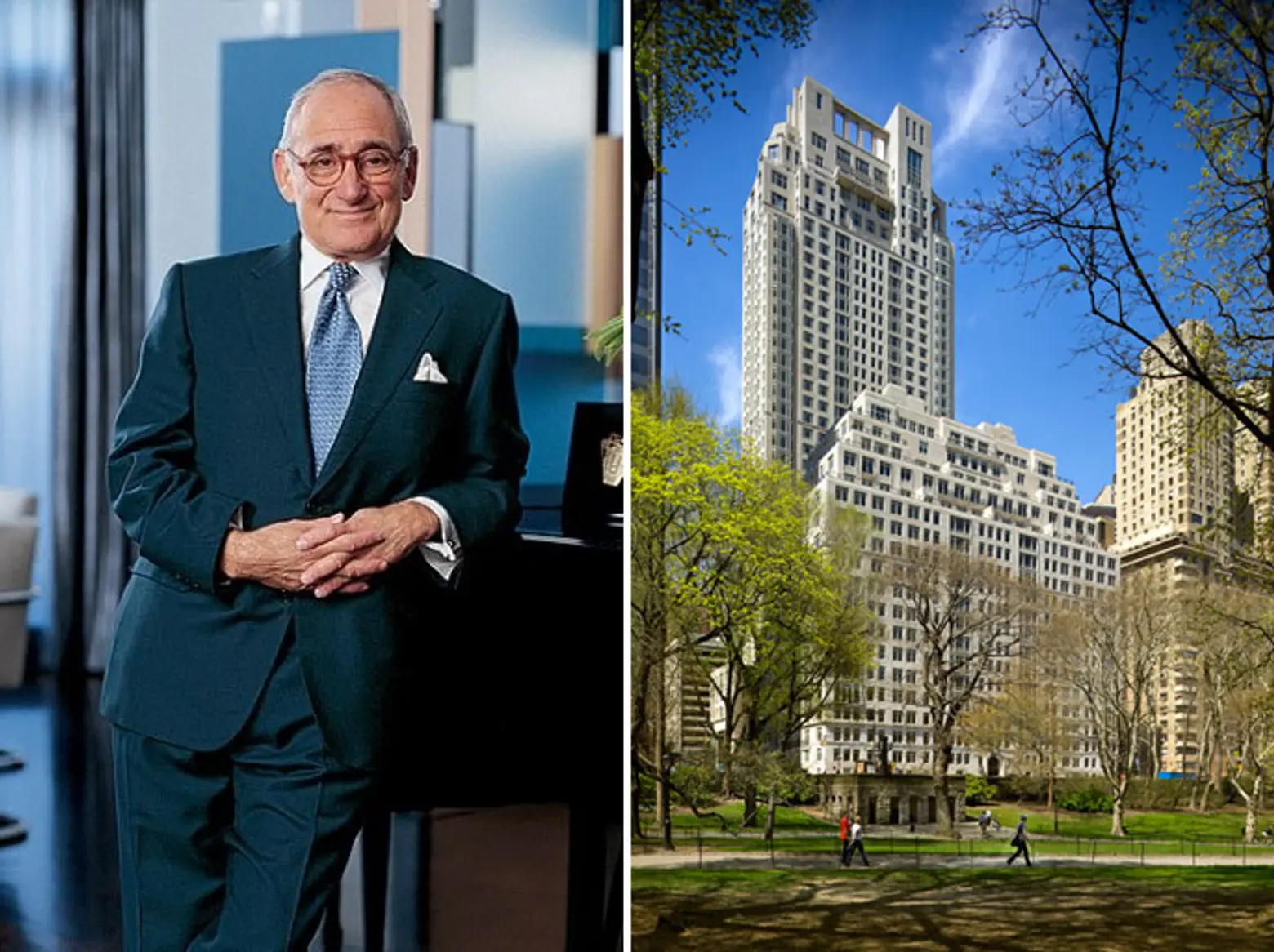
Architect Robert A.M. Stern and 15 Central Park West, Image via Architectural Digest.
Sukenik agreed to the deal and moved with his millions into his new pad, where he remained until his death at the age of 80 in 2011. 15 Central Park West, completed in 2008, cost the developers $950 million and became one of the city’s most expensive and most talked-about luxury developments (it’s known in the industry as “the limestone Jesus”), with architect Robert A.M. Stern responsible for the conversion. Apartments have smashed sales records, including the 2011 sale of former Citigroup executive Sandy Weill’s apartment for $88 million to Katerina Rybolovleva, daughter of Russian billionaire Dmitry Rybolovlev. It’s also attracted celebrity tenants like Alex Rodriguez, Sting, and Robert DeNiro. Sukenik’s story appears in Michael Gross’s book about the storied residence, “House of Outrageous Fortune: Fifteen Central Park West, the World’s Most Powerful Address.”
Other big-deal buyouts that made headlines included the one in which at least 23 tenants at 220 Central Park South were paid over $1 million each by the building’s new owners to vacate and the conversion of the building that housed beloved East Village dive bar Mars Bar, where longtime tenants were given luxury apartments for $10.
RELATED:

